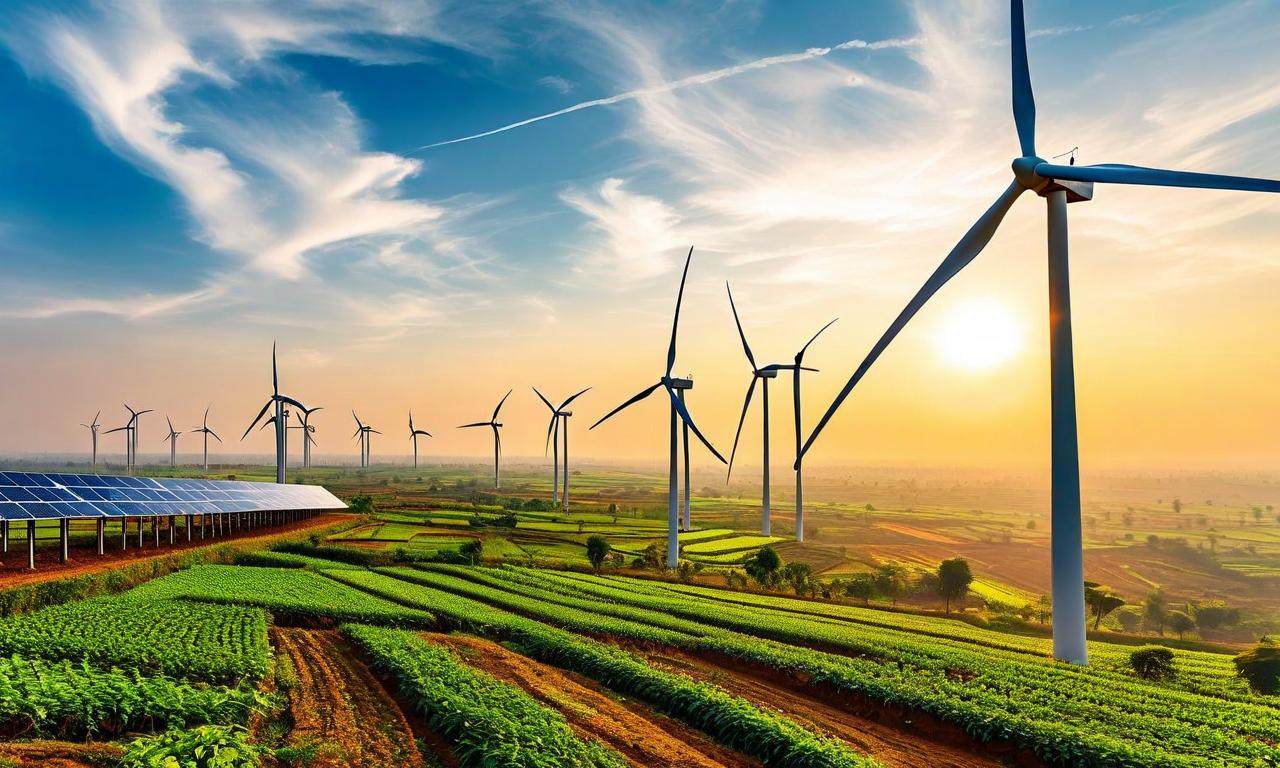Global Oil Demand Projected to Surge to 113 Million Barrels per Day by 2050
The International Energy Agency's World Energy Outlook report projects continued growth in oil and gas demand over the next 25 years under current policies. Oil demand is expected to hit 113 million barrels per day by 2050, driven by increased usage in emerging markets and developing economies. Key sectors contributing to this growth include road transport, petrochemical feedstocks, and aviation. The forecast highlights the ongoing dominance of fossil fuels in the global energy landscape, raising questions about energy security and environmental impacts.

*this image is generated using AI for illustrative purposes only.
The International Energy Agency's (IEA) World Energy Outlook report presents a striking forecast for the oil and gas industry, projecting continued growth in demand over the next quarter-century under current policy scenarios.
Key Highlights
- Projected Demand: Oil demand is expected to reach 113 million barrels per day by 2050.
- Time Frame: The report suggests that oil and gas demand may not peak for another 25 years under existing policies.
- Driving Factors: The increase is primarily attributed to growing usage in emerging markets and developing economies.
Sectors Driving Demand Growth
The report identifies three key sectors contributing to the projected increase in oil demand:
- Road Transport
- Petrochemical Feedstocks
- Aviation
Implications for Emerging Markets
The IEA's projection underscores the significant role that emerging markets and developing economies are expected to play in shaping global energy demand. As these regions continue to industrialize and expand their transportation networks, their appetite for oil and gas is anticipated to grow substantially.
Policy Considerations
The report's emphasis on "current policy scenarios" suggests that changes in energy policies could potentially alter this trajectory. This projection may serve as a call to action for policymakers and industry leaders to consider sustainable alternatives and energy transition strategies.
Global Energy Landscape
This forecast paints a picture of a global energy landscape where fossil fuels, particularly oil and gas, may continue to play a dominant role for decades to come. It raises important questions about energy security, environmental impacts, and the pace of transition to renewable energy sources.
The IEA's projection provides insights for investors, policymakers, and industry stakeholders. It highlights the need for a balanced approach to energy policy that considers both the growing energy demands of developing economies and the global imperative to address climate change.
As the world grapples with the challenge of meeting increasing energy needs while simultaneously working towards sustainability goals, this report serves as a reference point for understanding the potential long-term trends in the oil and gas sector.



























